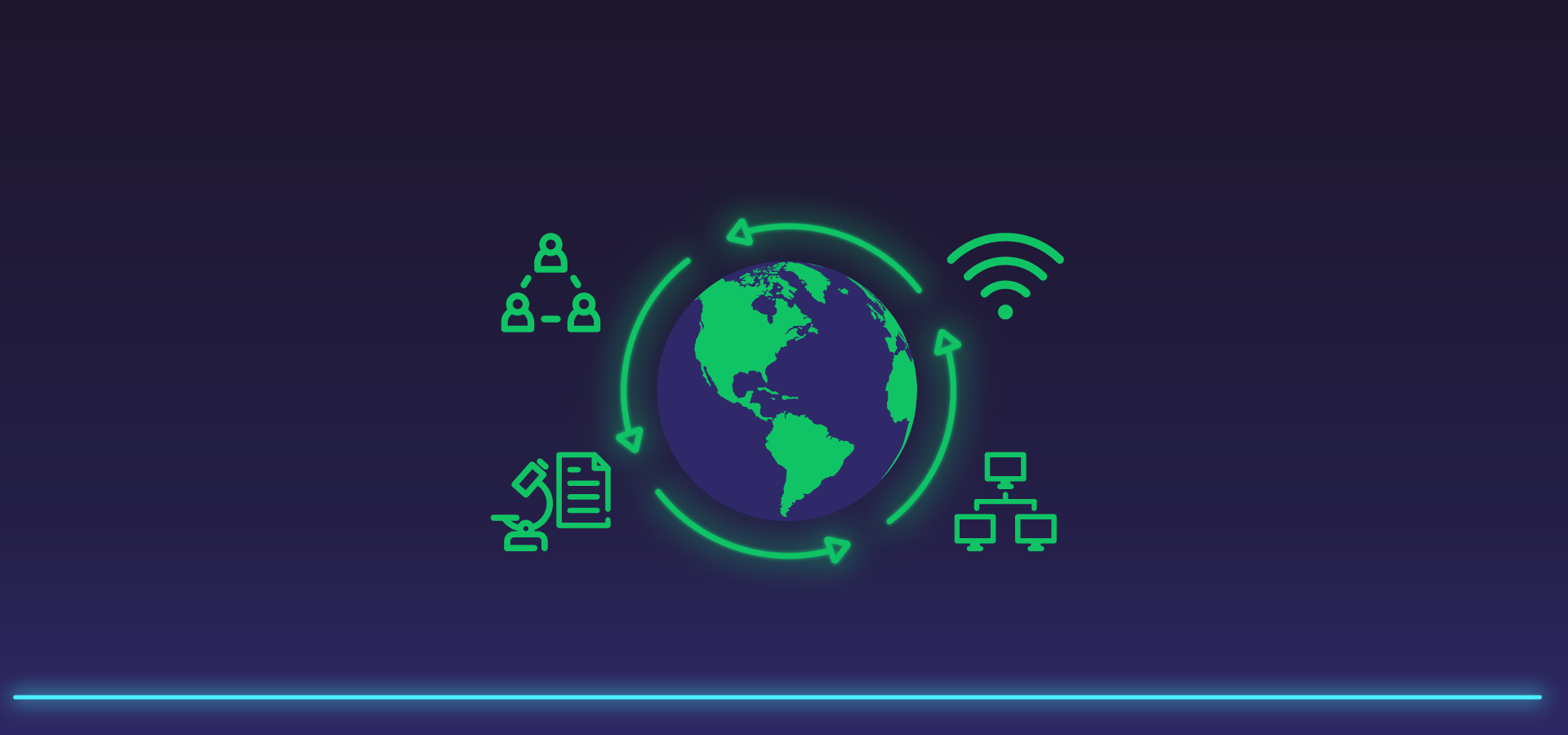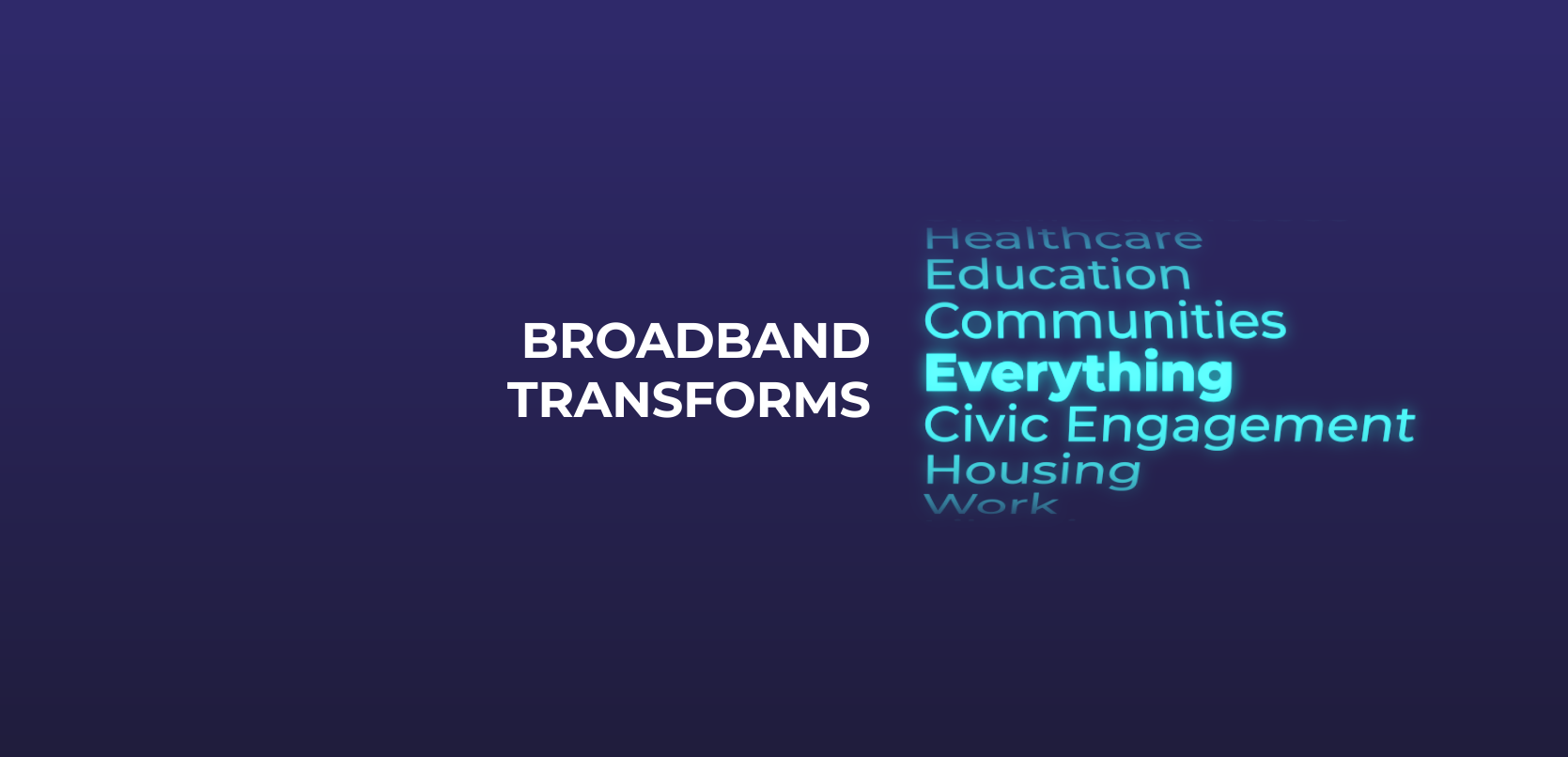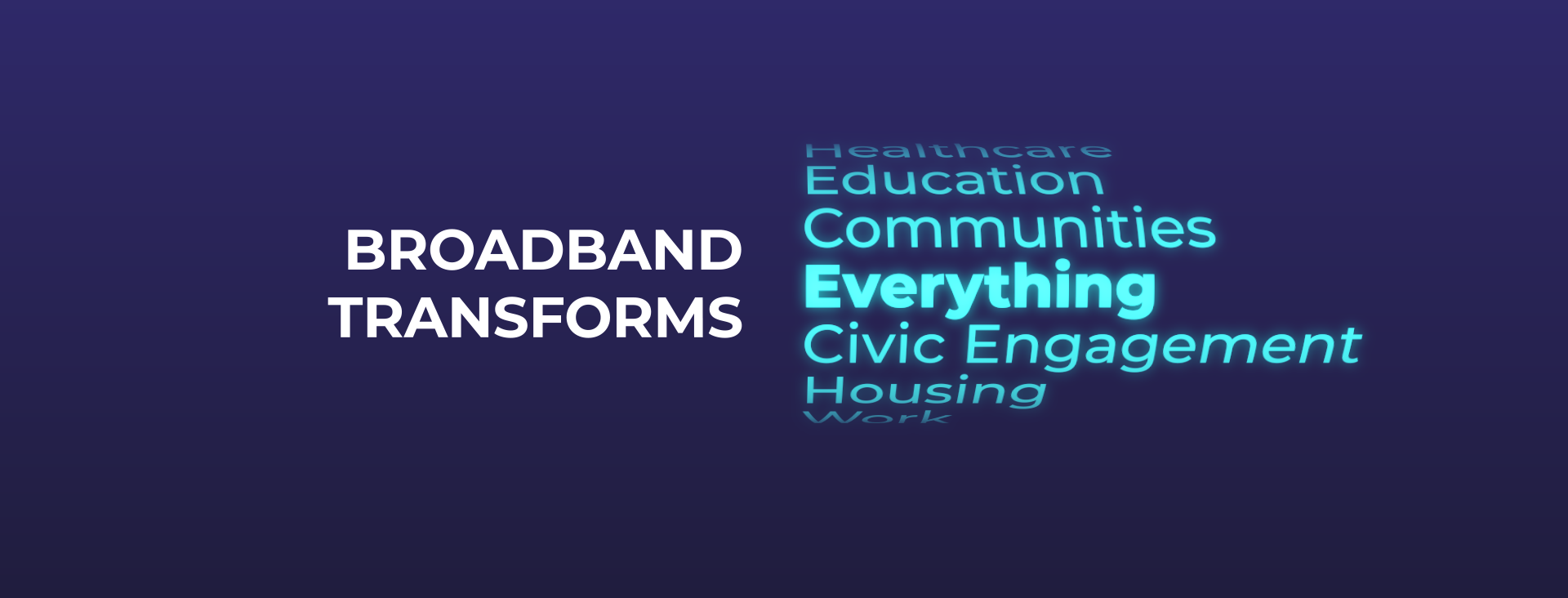America’s Excellent Internet has revolutionized how we communicate, share information, and explore ways to address our biggest challenges. It connects scientists across the globe, breaking down geographic barriers and fostering a truly global research community. It is an essential tool that drives innovation and discovery.
In the midst of the COVID-19 pandemic, broadband connectivity was an invaluable tool in developing vaccines that have since been instrumental in curbing the spread of the disease. Scientists from all over the world collaborated online in the face of the pandemic. In total, researchers from 172 countries developed 232 vaccine candidates, and the information gleaned from each of these efforts was quickly shared between working groups across the globe.
The global scientific community relies on instantaneous knowledge sharing and the Broadband Commission for Sustainable Development describes how “science communities depend on ‘e-Infrastructures’ that build on broadband connectivity to provide online services supporting the communities’ work.”
The unprecedented level of collaboration and data-sharing around the COVID-19 vaccine was crucial in speeding up its development by enabling “the power of plenty.” This “make[s] up for the trial-and-error process that often accompanies vaccine development” explains Dr. H. Dirk Sostman, Executive Vice President and Chief Academic Officer for Houston Methodist. It expedited a process that typically takes years and helped make the vaccines available to the public in record time.
The benefits of Internet-powered research are not limited to the medical field. Collaboration is at the center of numerous headline-making breakthroughs:
1. To find wondrous images from the James Webb telescope, thousands of scientists, engineers, and technicians from 258 distinct companies, agencies, and universities worldwide worked together online.
2. The International Cancer Genome Consortium has made 86 projects with over 24,000 total donors available, powering new lifesaving treatments with the help of crucial data made accessible by the Internet.
3. The Human Cell Atlas seeks to create cellular reference maps with the position, function, and characteristics of every cell type in the human body. Led by an international group of researchers, this novel information will live online, open, and free for all.
America’s Excellent Internet is paving the way for a better future for us all by powering the discoveries that will transform how we live, work, and play.




